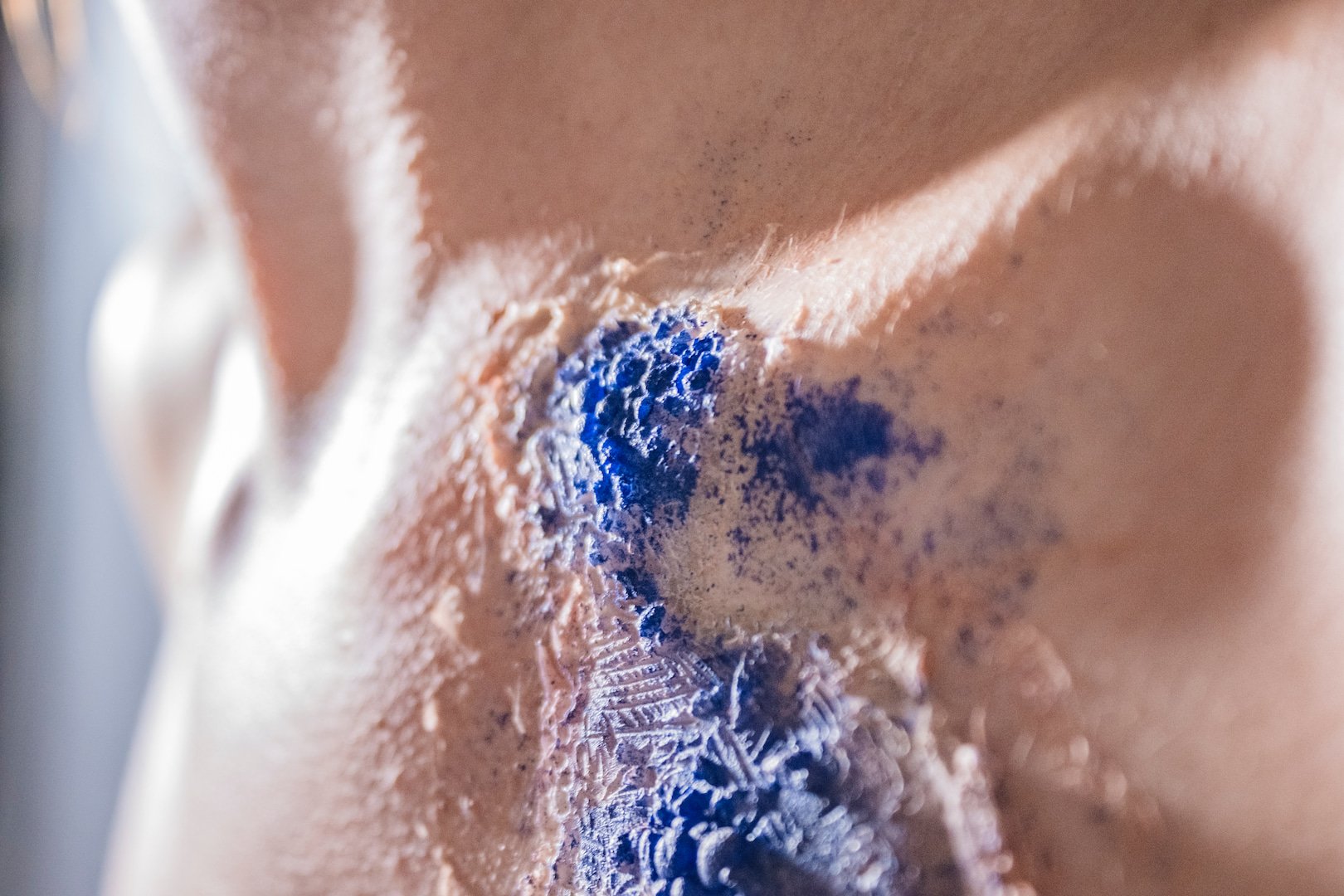Coming soon: NOT NATURAL
Our next exhibition explores the growing friction between what we consider natural and artificial. Set to open at Science Gallery Melbourne in February 2024.
NOT NATURAL, a new exhibition developed by Science Gallery at the University of Melbourne, explores our increasing ability to control nature, and the plethora of possibilities and ethical dilemmas that come with that power.
Featuring international and local arts/science collaborations, NOT NATURAL delves into the world of synthetic biology, species de-extinction, chimera creatures and artificial intelligence.
Curated by Science Gallery Curators, Tilly Boleyn and Bern Hall, in collaboration with a curatorial panel of young people and academic experts, the exhibition invites the audience to reflect on our society’s ongoing interest in controlling, shaping and adapting to the natural environments around us. Tilly Boleyn said the exhibition brings together a series of speculative projects that intersect biology, design and technology and ask some bold questions about the future we are currently stepping into.
“Are we redesigning evolution or is evolution re-designing us – and just because we can, should we?”
Highlights of the exhibition include:
Kentucky Perfect, a work by installation and media artist Robert Hengeveld who lives in Newfoundland and whose work explores the boundaries between reality and fiction and how we fit into that relationship. Kentucky Perfect incorporates an internationally overstated measure of technology to create and maintain the perfect lawn.
Frenchborn, UK-based artist Noémie Soula’s Mythical Living Data, an installation that speculates on how creating chimaeras with natural and artificial data-based DNA can respond to ever increasing pollution levels in our environment. Soula’s artistic practice focuses on exploring alternative futuristic scenarios, using silicone casting, FX make-up technique, photography and video editing.
Thylacine De-Extinction, a collaborative project between Tasmanian artist Emma Bugg and Prof Andrew Pask at the University of Melbourne’s Thylacine Integrated Genetic Restoration Research (TIGGR) Lab where cutting-edge research and novel technologies aim to ensure marsupial conservation and restoration. Real Tasmanian tiger specimens from the University’s collection will be on display and visitors will be invited to contribute their own opinions on de-extinction through an in-gallery survey.
Dr Ryan Jefferies, Director of Science Gallery, said the exhibition comes at a time when many people are questioning our increased reliance on AI and technology.
“We’ve opened a pandora’s box of possibility, where the tools of genetic engineering and the global rise of artificial intelligence allow us to gene-edit, re-design and de-extinct almost anything. Yet at a time of mass extinction and possible ecological collapse, why are many of us still separating ourselves from nature, when we and our technology are inherently part of it?”
Join us to dissolve the line between what is considered natural and not natural.
Media enquiries:
Katrina Hall
+61 421 153 046
kathall@ozemail.com.au



